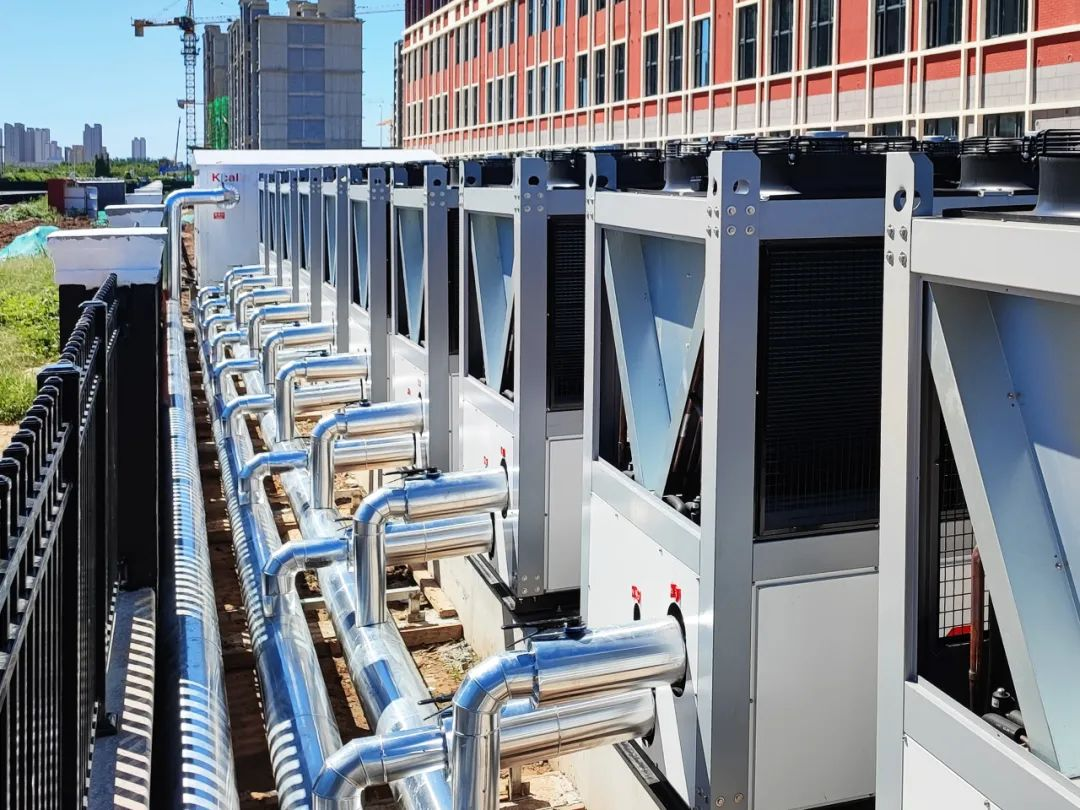With the improvement of people's living standards, the demand for winter heating among southern residents is increasing day by day. Traditionally, central heating has not been widely popularized in the South, mainly relying on self heating equipment such as air conditioning and electric heaters. In recent years, with the development of technology and the improvement of energy conservation and environmental protection awareness, distributed heating has become increasingly popular in southern residential areas.
Central heating refers to a heating method in which a centralized heat source delivers heat energy to various users through a pipeline system. Central heating systems typically include one or more centralized heat sources (such as boiler rooms, cogeneration plants) and a set of heating networks. This system is more common in northern cities and can provide stable heat sources for large-scale communities or regions.
Distributed heating refers to the independent heating equipment configured by the community, such as air source heat pumps, ground source heat pumps, etc. This method does not rely on municipal heating and large-scale pipeline networks, has strong flexibility, and is suitable for communities of different scales and layouts.
The advantages of choosing distributed heating in southern residential areas

The main advantage of distributed heating is its flexibility. The number of air source heat pump units can be flexibly increased or decreased according to the building area of the community. In addition, each household can freely adjust the heating time and temperature, which is more user-friendly and personalized.
Distributed heating equipment, such as air source heat pumps, ground source heat pumps, etc., adopt heat pump technology and have high energy utilization efficiency. Especially for air source heat pumps, they can provide stable thermal energy at lower power consumption, and their energy efficiency ratio (COP) is usually above 3.0, which means that for every 1 unit of electricity consumed, more than 3 units of thermal energy can be generated. In addition, heat pump technology can also provide refrigeration services in summer, with one machine being versatile, further improving equipment utilization and economic benefits.
Distributed heating equipment typically uses clean energy sources such as electricity and natural gas, reducing reliance on high polluting energy sources such as coal. Especially air source heat pumps, which absorb heat from the air for heating, have almost no emissions and meet modern environmental requirements.
Compared to centralized heating, which requires a complex pipeline network system, the installation and maintenance of distributed heating equipment are more convenient. Installing heating equipment in the community avoids common heat loss and water leakage problems in the centralized heating pipeline network, and reduces the difficulty of maintenance and management. At the same time, distributed heating equipment is generally designed to be compact, occupy a small area, and do not affect the daily life of residents.
The initial investment in distributed heating is relatively low compared to centralized heating. For developers, building a centralized heating system requires a significant investment in building boiler rooms and heating pipelines, while distributed heating only requires the installation of independent heating equipment in the community, reducing development costs. For residents, the operating costs of distributed heating are also more transparent and controllable. Users can adjust the operating time and temperature of heating equipment according to their own needs, avoiding the possibility of excessive heating and energy waste in centralized heating, thereby saving heating costs.
Technology selection for distributed heating
Air source heat pumps are efficient and energy-saving heating equipment that absorb heat from the air for heating. Its energy efficiency ratio (COP) is usually above 3.0, suitable for regions with relatively warm climates in the south. Air source heat pumps can not only provide heating in winter, but also cooling in summer, making them versatile and cost-effective.
Distributed heating has many advantages in southern residential areas. Its flexibility, high energy utilization efficiency, energy conservation and environmental protection, convenient installation and maintenance, economy, and cost control make it an ideal choice for winter heating for southern residents. With the continuous progress of technology and the improvement of energy conservation and environmental protection awareness, distributed heating will be increasingly widely applied and promoted in southern residential areas.
Choosing a suitable heating method requires comprehensive consideration of the specific situation of the community, the needs of residents, and economic capacity. Developers and property management departments should actively guide and promote distributed heating systems, provide diversified heating solutions, and provide a warm and comfortable living environment for southern residents. Through continuous optimization and innovation, distributed heating will bring more possibilities and a better future to southern heating.







Comment